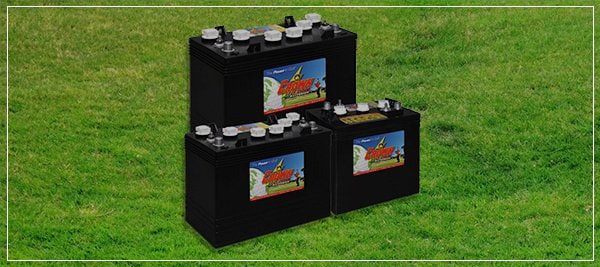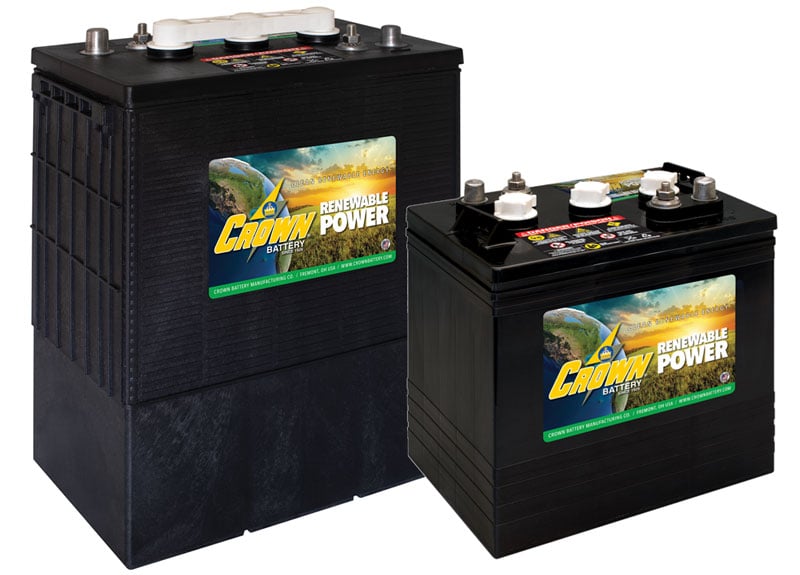The right battery maintenance can significantly extend your battery life – and save you from costly downtime and premature failure. Battery upkeep is essential, but your safety is top priority! To prolong your battery's health, and avoid potential hazardous situations, here are three tips on safe and effective battery maintenance.
Step 1: Wear Personal Protective Equipment
Anytime you’re working with potentially hazardous materials, it’s important to start by donning the proper safety gear. Basic safety gear can provide protection and prevent serious accidents. We recommend the following:
-
Always wear Personal Protective Equipment (PPE) including safety glasses, gloves, and long sleeves.
-
Learn more about safe battery maintenance in Crown Battery's free “Safety First” maintenance guide.
- Schedule routine maintenance in your calendar, so you don’t have to remember it.
- Download or order maintenance schedule charts from your manufacturer
Step 2: Implement safety procedures
Following a safety procedure checklist is one way to take the guessing out of how to preform safe battery maintenance. If you are working on industrial batteries or even something as small as a golf cart battery, having a safety procedure is necessary. Including basic information, like disconnecting batteries before you inspect or maintain them, may seem like common knowledge, but having the basics on your checklist can save lives. Here is OSHA's industrial battery safety checklist:
- Battery charging installation located in the area designated for that purpose.
- Facilities provided for flushing and neutralizing spilled electrolyte.
- Facilities provided for fire protection.
- Facilities provided for protecting charging apparatus from damage by trucks.
- Adequate ventilation for dispersal of fumes from gassing batteries.
- A conveyor, overhead hoist, or equivalent material handling equipment provided for handling batteries.
- Reinstalled batteries are properly positioned and secured in truck.
- A carboy tilter or siphon shall be provided for handling electrolyte.
- Smoking is prohibited in the charging area.
- Racks and trays are substantial and are treated to make them resistant to electrolyte.
- Floors are of acid resistant construction unless protected from acid accumulations.
- Face shields, aprons, and rubber gloves are provided for workers handling acids or batteries.
- Facilities provided to cleanse eyes with a minimum of 15 minutes continuous flow within 25 feet of battery areas.
- Metallic objects kept away from the top of uncovered batteries.
Step 3: Reduce maintenance with proper battery selection
When batteries are engineered better, built to precise specifications, and assembled with higher-quality components – they will last longer and require less maintenance. Want to know more about what to look for? You’ll discover universally applicable tips in John Connell’s “How To Choose The Right Battery.” Also, consider low-maintenance batteries such as AGM. These battery chemistries dramatically reduce maintenance requirements and do not need battery watering.
Step 4: Arm yourself with the right tools
Invest in a few simple, quality tools like a hydrometer, voltmeter, and better personal protective equipment. These tools will make it safe, fast, and easy to maintain your batteries properly.











